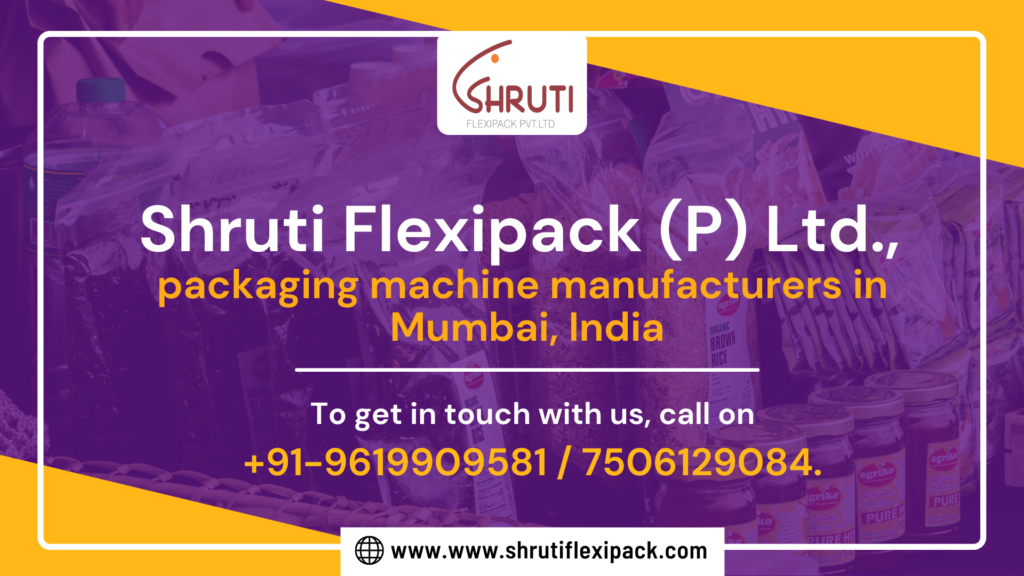The Pros and Cons of Flexible Packaging vs Rigid Packaging
Share on facebook
Share on twitter
Share on linkedin
Latest Post
Categories
Facebook Updates
Looking for a specific information ?
Write to us


